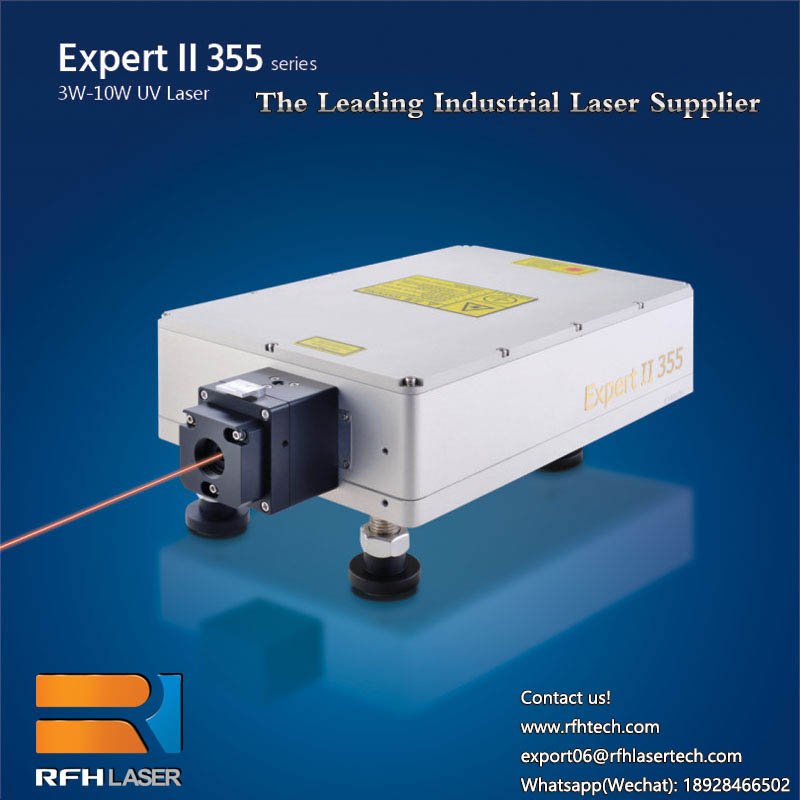Laser Marking for 2D Codes (Data matrix / QR Code / Barcode)
May 02 , 2021Laser Marking for 2D Codes (Data matrix / QR Code / Barcode)
While demands for smaller and thinner products and more detailed traceability continue to grow, there are increasing needs for packing more information within a limited space on manufactured products.
A 2D code can hold tens to hundreds of times the information of a barcode. This high information density allows a 2D code to hold the same amount of information as a barcode in as little as 1/30 the size. These advantageous characteristics have led to expanding applications in various fields.

2D code application examples
2D code grading
3D marking function
Depth of focus
Marking patterns
2D code application examples
Using 2D codes simplifies management, improves accuracy, and reduces labour hours. In recent years, detailed traceability is demanded not only for finished products but also for individual parts. The number of 2D codes directly marked with a laser marker is increasing. Consequently, high quality marking to ensure stable 2D code reading is required.
Electronic Device Industry
Camera unit
Camera unit
2D codes allow serial control of tiny parts with limited marking space. This allows for flexibility to keep pace with increasingly strict quality control.
Pacemaker
Pacemaker
Manufacturing and inspection histories can be stored in 2D codes for traceability management. You can quickly check the history by simply reading the code.
Automotive Industry
Cylinder block
Cylinder block
A serial number is marked as a 2D code on each product. The code is read in later processes to provide work instructions to robots.
Injection
Injection
Historic data including the manufacturing date and line information are marked on each product in a 2D code and used for traceability management.
Download the PDF
for complete details
2D code grading
To ensure stable reading, it is important to provide marking that is easily read by 2D code readers. There are some standards for 2D code reading that can be used as a guide. Ease of reading can be expressed as grades. A standard called ISO/IEC TR 29158 (AIM DPM-1-2006)* is generally used to judge direct marking on products with laser markers. This standard specifies the following criteria for the evaluation of reading grades.
This is an international standard for 2D code marking quality evaluation of direct part marking.
1Total judgement (All)
The total judgement is determined as the lowest grade among criteria 2 to 11. The result is expressed as a letter grade from A to D or F, where A is the highest grade (reading stability).
Total judgement (All)
2Decoding success/failure (DEC)
Evaluation of whether decoding (reading) is possible or not
3Cell contrast (CC)
Difference in the average light intensity values between bright cells and dark cells
4Cell modulation (CM)
Evaluation of the variation in the brightness of bright cells and dark cells
5Reflectance margin (RM)
Evaluation by adding the judgement accuracy of bright and dark cells to CM (4).
6Fixed pattern damage (FPD)
Degree of damage to the fixed pattern (see the figure below)
Fixed pattern damage (FPD)
7Format information damage (FID)
Degree of damage to the format information of a QR code (see the figure below)
Format information damage (FID)
8Version information damage (VID)
Degree of damage to the version information of a QR code (Model 2 version 7 and later)
Version information damage (VID)
9Axial nonuniformity (AN)
Degree of distortion of the vertical and horizontal sizes of a code
Axial nonuniformity (AN)
10Grid nonuniformity (GN)
Evaluation of the largest misalignment among cell positions
Grid nonuniformity (GN)
11Unused error correction (UEC)
Ratio of error corrections that are not used for decoding
In direct part marking on metal surfaces, CC, CM, RM, and FPD are often lower when contrast cannot be obtained. Preventing these values from decreasing is the goal to ensure readable marking. In recent years, grade C or higher is mostly demanded. It is desirable to achieve higher grades immediately after marking.
Download the PDF
for complete details
3D marking function
The contrast difference between black and white cells is important for the judgement of 2D codes. A laser maker produces different colours by changing marking conditions between white marking and black marking.
3D marking function
1. Black-annealed (oxidation) marking
When the laser beam is applied to the marking target, the focus is shifted so that only the heat will be conducted. Applying heat without engraving the target forms an oxide film on the surface. This film appears black and represents black marking.
2. White etching marking
The laser beam is applied to the marking target at the focal point. The metal surface is slightly removed to expose an uneven surface. This cause irregular reflection of light to create marking that appears white.
Variable beam spot size
Variable beam spot size
Illumination at the set coordinates
2D code marking creates contrast between black and white through engraving and oxidation. The key is use of white marking with proper focus and black marking with blurred focus. The variable beam spot sizes of the 3D marking function are an effective approach.
Contrast is important for 2D code marking. 3D correction is an effective method to maintain focus over the entire area.
3D correction
Ideal marking is possible at the centre of the marking area without any problems. Without the correction of the 3D marking function, it may be difficult to create marking with clear contrast between black and white, resulting in lower grades.
Download the PDF
for complete details
Depth of focus
A laser beam has a depth of focus. When the focus deviates, the quality of marking degrades and this also affects 2D code reading.
2D code grade changes in accordance with focal distances
As the focal distance becomes further from the reference position, the marking fades and the co